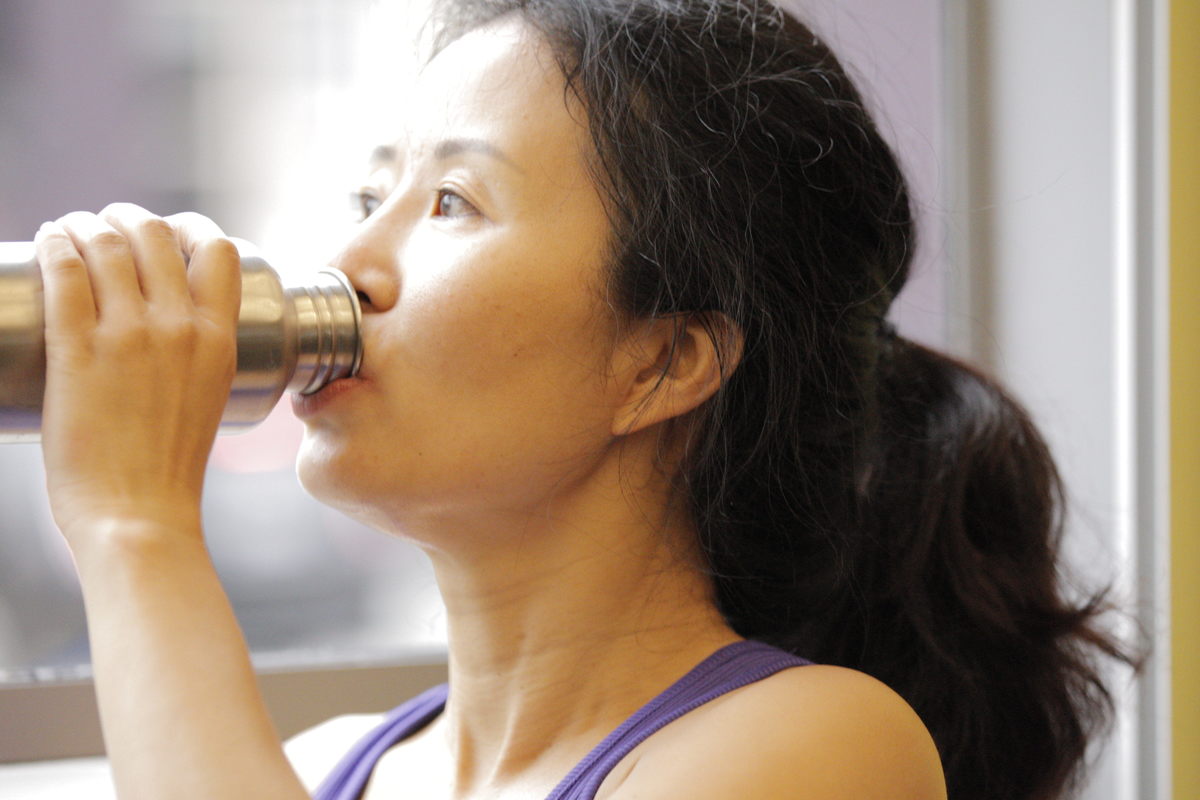Functional training is a term that’s frequently used in the fitness industry but not always entirely understood or correctly practiced.
Functional training emphasizes exercises involving multiple muscles, joints, and planes of motion to enhance the performance of everyday activities. It’s compound movements, like a squat (which helps you get up from a chair), or overhead press (putting items up on shelves), versus simple, or isolated exercises, such as a leg curl or a lateral raise.
Single joint movements like leg curls or lateral raises certainly have value. Still, functional training focuses on the whole body and challenges muscles to work together, as they do during daily activities. Think of basic movement patterns like pushing, pulling, squatting, rotating, hinging, and more. Functional training aims to improve coordination, mobility, and strength instead of solely focusing on appearance or muscle mass.
With origins in physical therapy and rehabilitation, which aims to restore function and ability while recovering from an injury, functional training today is ideal for every exerciser, from beginners to athletes, pregnant women to seniors, and more.
Is functional training helpful for your clients?
Consider the many benefits of functional training for all clients:
- Accommodates All Abilities — With functional training, you can start with basic movement patterns using only body weight. Once proper form is mastered, adding load, increasing speed, or incorporating variations elevates the difficulty to progress exercisers or challenge more advanced exercisers.
- Enhances Mobility — Engaging multiple muscle groups and joints through a full range of motion and against resistance leads to greater mobility.
- Boosts Stability — Being required to perform complex movements with control demands core strength and stability, enabling the body to maintain equilibrium when faced with external forces.
- Improves Coordination — The basis of functional training is practicing complex movement patterns, which, by nature, enhances neuromuscular coordination and motor control.
- Develops Athletic Performance — Working through common movement patterns and increasing strength, core stability, and mobility translates to better recreational or competitive sports abilities.
- Reduces Risk of Injuries — Training multiple joints and muscles builds strength and coordination while building muscle memory and addressing weak links, making the body more resistant to acute injuries like sprains.
Designing functional training routines
After assessing your client’s fitness level and establishing goals, start with the foundational movement patterns (squat, lunge, push, pull, rotate, hinge, and plank) and determine what tools you will use. Functional training is easily facilitated using virtually any exercise accessories, such as YBells, suspension trainers, stability balls, plyometric boxes, gliding discs, and more.
Then choose exercises that incorporate all of the fundamental movements, as well as the three planes of motion (sagittal, frontal, and transverse). Examples include a squat press, side lunge, and woodchop. Ensure that your client can master the movement with proper form using body weight only. Once that is mastered, you can progress gradually by adding load, increasing the range of motion, generating greater speed, or altering the stance to be unstable (one-footed or on a balance trainer). Only add one variable at a time to enable clients to demonstrate proper execution consistently.
Functional training with YBells
A great tool to integrate into functional training routines is the YBell — a versatile, compact piece of workout equipment that facilitates a variety of exercises such as a dumbbell, kettlebell, medicine ball, and push-up stand all in one. The beauty of the YBell is that it can be used for a multitude of movements and comes in several sizes to accommodate different fitness levels.
You can do many functional exercises with a YBell, including the dumbbell squat press, kettlebell high swing, and med ball alternating back lunge. Some exercises that were designed by YBell creator, Aaron Lawrence, are the pickup cross catch press, the pick up crass catch squat (replacing the overhead press with a squat), or for an extra challenge, you can try a combo move with the pickup cross catch squat press.
Check out the TRX Training Fitness App if you’re looking for more functional exercises to try with your clients.


